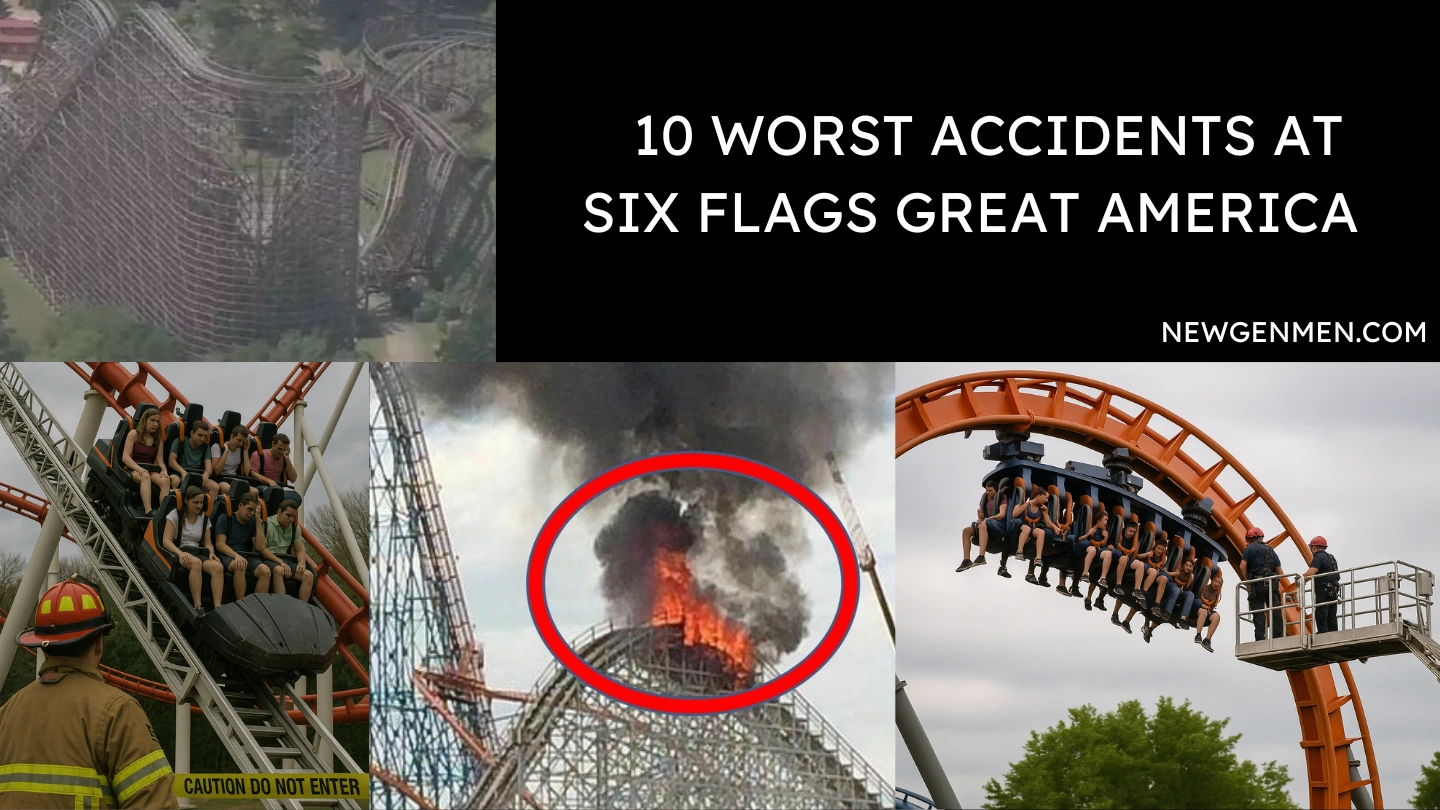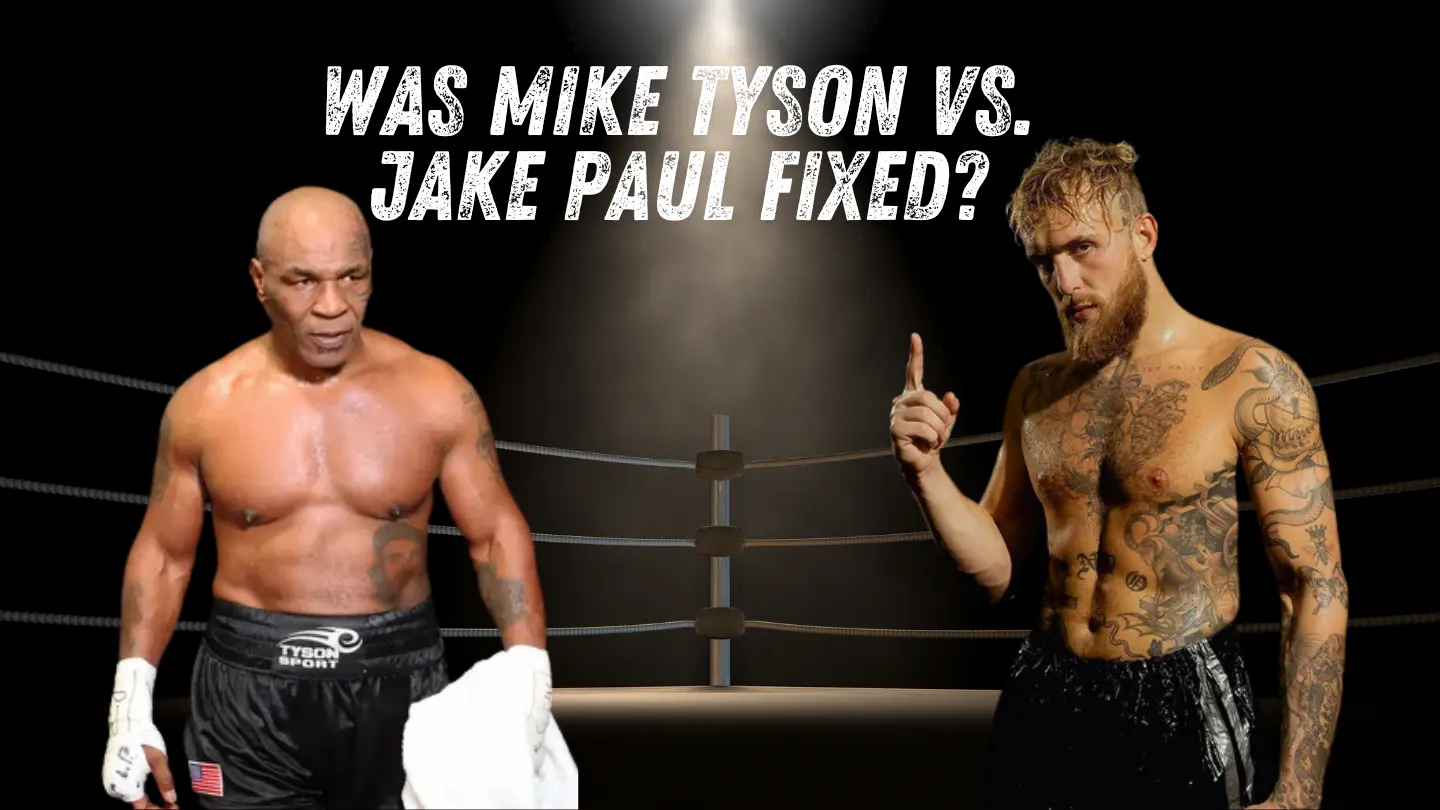Six Flags Great America parks are where childhood memories are made, where thrill-seekers chase adrenaline, and where the screams echo for all the right reasons—or so you’d think. But behind the polished rides and cheerful mascots lies a hidden history of chaos, missteps, and tragedy.
We’re not talking about dropped phones or motion sickness—these are the disasters that made national news, triggered lawsuits, and left parkgoers shaken.
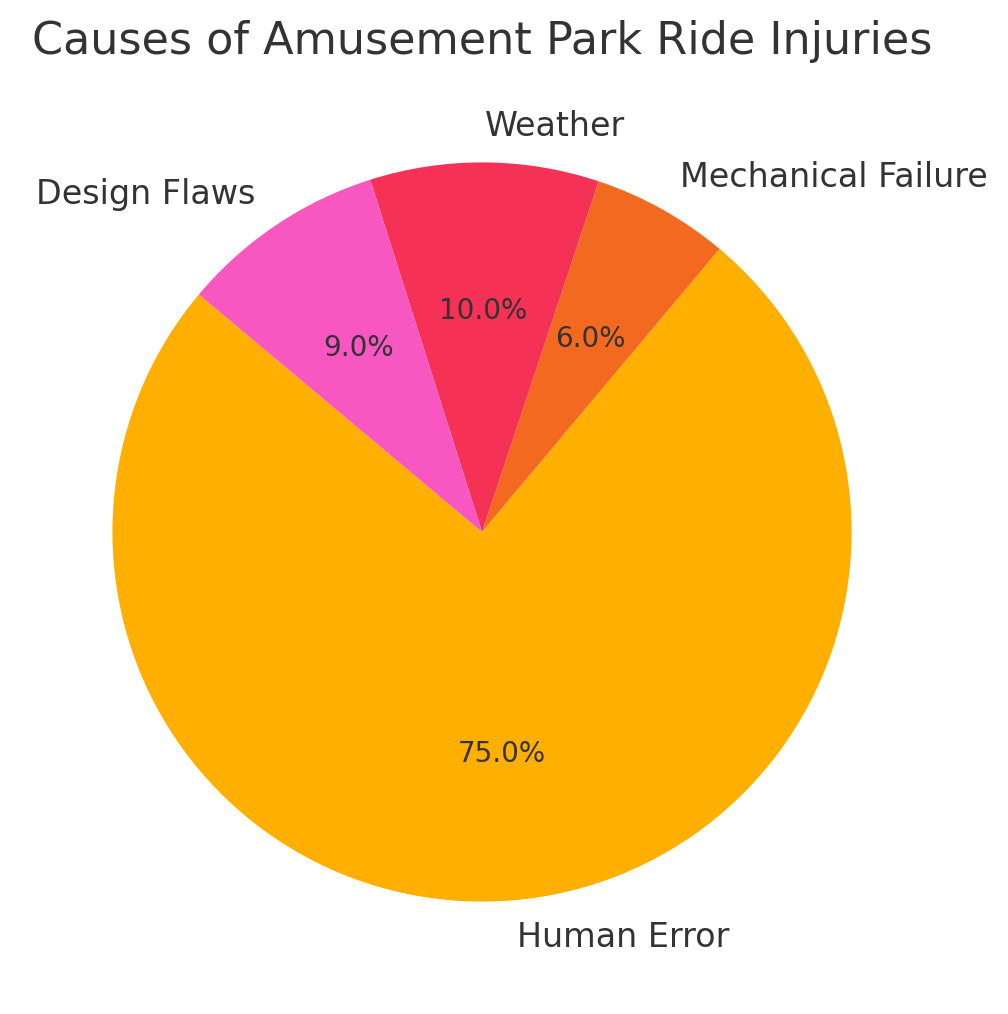
From blazing infernos and failed restraints to passengers stranded high above ground with nothing but fear and a harness, these aren’t just freak accidents—they’re reminders of what can go wrong when fun collides with failure. Whether it’s a roller coaster derailing mid-ride or a rescue mission on a broken track, these are the wildest, most jaw-dropping worst accidents at Six Flags Great America.
10 Worst Accidents at Six Flags Great America
1. The Haunted Castle Fire – Six Flags Great Adventure, New Jersey (1984)
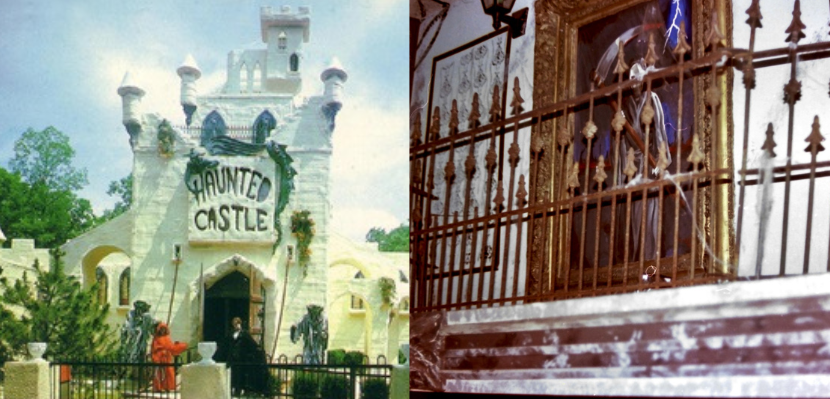
On May 11, 1984, what was supposed to be a night of fun turned into a nightmare. A fire broke out in the Haunted Castle attraction, trapping and killing eight teenagers. The building was a dark maze-like structure filled with foam rubber walls, wooden frames, and zero fire safety features. No sprinklers, no alarms—nothing. Investigators later discovered that the fire was likely started by a lighter. It ignited one of the foam-padded walls and spread with terrifying speed. Visitors described crawling through smoke-filled hallways in pitch-black confusion. The tragedy exposed massive lapses in safety oversight. Although Six Flags was acquitted of criminal charges, the civil lawsuits were costly, and the backlash led to new fire code standards across the amusement industry.
2. The Edge Freefall Malfunction – Six Flags Great America, Illinois (1984)
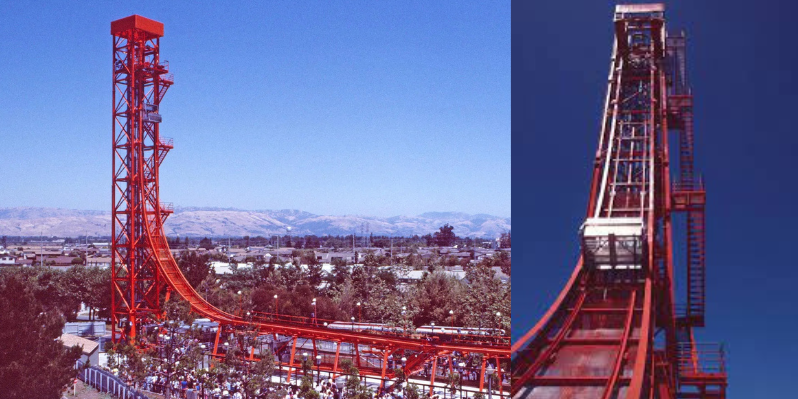
That same year, over in Illinois, The Edge—a towering freefall ride at Six Flags Great America—malfunctioned mid-ride. Instead of dropping riders in a straight vertical fall, the car misaligned and fell backward down the wrong shaft. Three teenagers suffered serious injuries. The chaos caused a media frenzy and spooked park-goers across the country. The ride was immediately shut down, never to return. The accident called attention to freefall rides as a whole, sparking industry-wide discussions about mechanical redundancies, brake failures, and real-time monitoring systems.
3. Ragin’ Cajun Mechanic Death – Six Flags Great America, Illinois (2004)
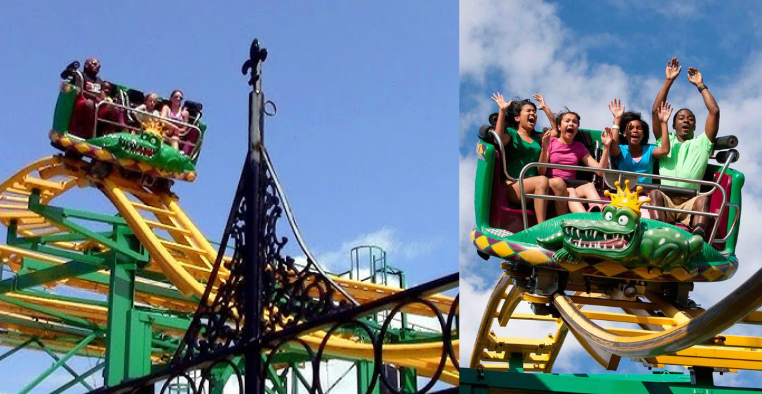
In a horrifying twist, tragedy struck again at the same park two decades later. A 52-year-old mechanic was killed while performing maintenance on the Ragin’ Cajun roller coaster. He was crossing the track when a car came roaring through and struck him in the head. He suffered traumatic brain injuries and was taken off life support shortly after. This was more than a freak accident—it exposed weaknesses in communication and safety protocol. In the aftermath, Six Flags updated their maintenance procedures, installing stricter lockout systems and training measures to prevent workers from entering active ride zones.
4. The New Texas Giant Death – Six Flags Over Texas (2013)
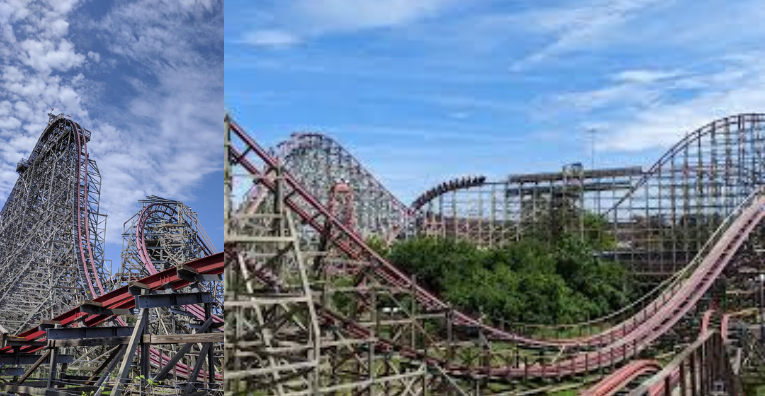
Rosy Esparza went to Six Flags Over Texas looking for a fun day with her family. She left in a body bag. While riding the New Texas Giant—a hybrid steel-wood coaster known for its insane airtime—she reportedly expressed concern that her lap bar wasn’t fully secure. Moments later, she was ejected from the ride and fell to her death. Witnesses were traumatized, some even breaking down mid-ride. The coaster was closed for months while investigations took place. In response, the park retrofitted the ride with additional safety belts. Esparza’s family filed a wrongful death lawsuit, which was eventually settled privately. Her death became one of the most widely discussed ride fatalities of the decade.
5. X2 Death – Six Flags Magic Mountain, California (2022)
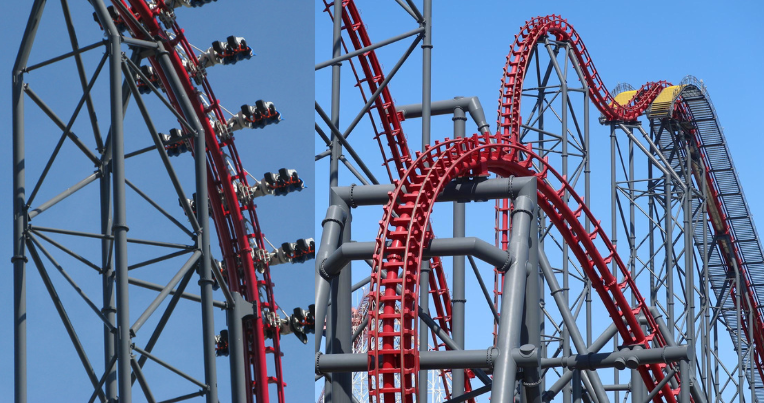
Christopher Hawley, a 22-year-old college graduate, rode X2—one of the most intense coasters in the world—and collapsed just minutes after. He complained of a blinding headache, then lost consciousness. Doctors later discovered he had suffered a massive subdural hematoma. He died the next day. His family sued Six Flags for $10 million, alleging that the park ignored known risks associated with the ride’s extreme G-forces. The lawsuit claimed that other riders had experienced similar symptoms in the past. Although the cause of death couldn’t be definitively tied to the ride, the incident renewed calls for more health warnings and better ride screening.
6. Ninja Derailment – Six Flags Magic Mountain, California (2014)

On a hot July afternoon, Ninja—a suspended roller coaster known for weaving through wooded terrain—slammed into a fallen tree branch. The impact caused the front car to derail, leaving 22 riders stranded nearly 40 feet in the air for hours. Several riders were injured, including two who were hospitalized. Lawsuits followed, accusing the park of failing to monitor trees and vegetation near the track. The ride underwent a full inspection and repair overhaul before reopening weeks later. It served as a wake-up call: even nature can be a hazard when mixed with steel and speed.
7. El Toro Structural Failure – Six Flags Great Adventure, New Jersey (2022)
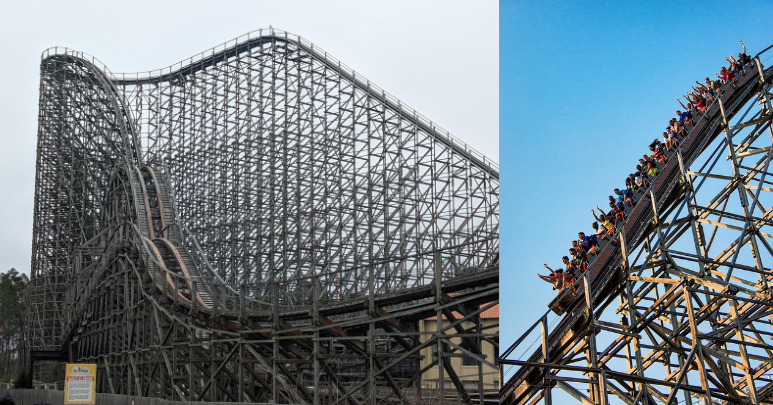
El Toro is one of the fastest and tallest wooden coasters on Earth—and in 2022, it showed just how wild it could get. Mid-ride, a section of the track became misaligned, causing a violent jolt that injured 14 people. Riders reported feeling a sharp impact, as if the train hit a pothole at 70 mph. Five people were hospitalized. Later inspections found that the coaster was “structurally compromised,” and the ride was shut down indefinitely. Whistleblowers alleged that warning signs had been ignored for months. Regulators launched a full investigation, and the ride remains under scrutiny as of today.
8. Drop Tower Death – California’s Great America (1999)
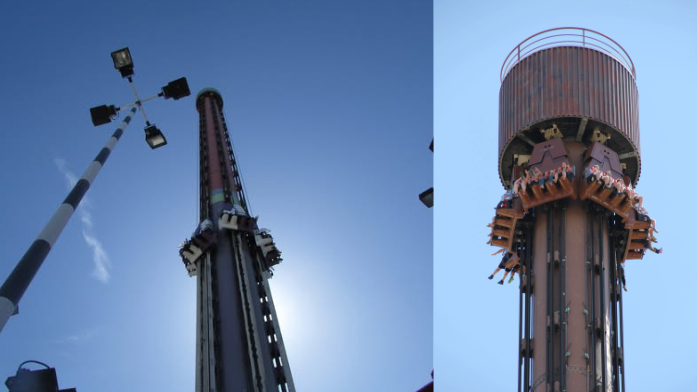
A 12-year-old boy fell to his death from the Drop Tower ride in 1999. Witnesses said his restraint didn’t appear secure before the ride ascended. In a horrifying moment, the boy slipped out mid-drop and plummeted to the ground in front of a crowd. Though officials found no mechanical failure during the investigation, the case drew heavy public scrutiny. Critics questioned whether the restraint system was suitable for smaller riders. The park installed additional safety measures, and height/weight restrictions were revisited.
9. Rolling Thunder Employee Death – Six Flags Great Adventure, New Jersey (1981)
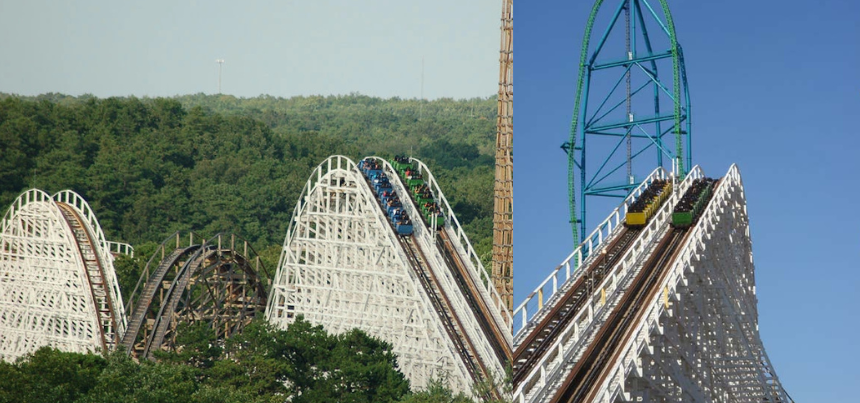
Scott Tyler, a 20-year-old ride operator, was performing a test run on Rolling Thunder before the park opened. He either wasn’t properly secured or attempted to switch seats mid-ride. Whatever the cause, he was thrown from the train and died instantly. The ride itself was found to be in working condition, but the incident led to stricter employee safety protocols and mandatory harness use for all test runs. It was a grim reminder that thrill rides aren’t just dangerous for guests—employees face risks too.
10. Roaring Rapids Malfunction – Six Flags Over Texas (2023)
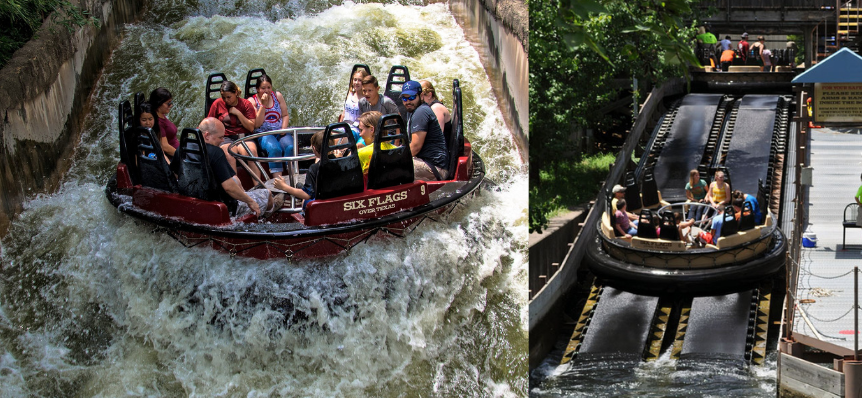
Roaring Rapids is supposed to be a tame family ride safe for all members of the family—a few splashes, some spinning, a nice break from the heat. But in 2023, riders suddenly found themselves trapped in a flooding boat with no clear way out. In panic, some leapt into the water to escape. Footage of the chaos quickly went viral. Luckily, no one was seriously injured, but the public backlash was swift. The ride was shut down and investigated for electrical failures and mechanical issues. It reopened weeks later with updated systems, but not before becoming a social media cautionary tale.
Rollercoaster Accident Statistics
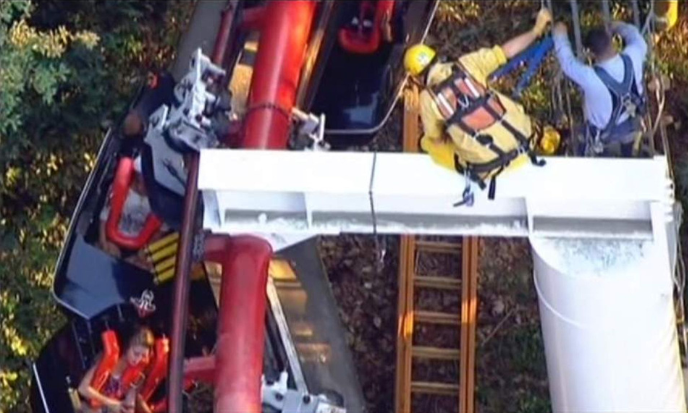
✱ You’re More Likely to Be Injured Riding a Toilet Than a Coaster
According to a study by the International Association of Amusement Parks and Attractions (IAAPA), your odds of being seriously injured on a fixed-site ride (like at Six Flags) are 1 in 15.5 million rides. For comparison:
- Odds of being injured by a toilet: 1 in 10,000
- Odds of being injured by a pencil: 1 in 400,000
✱ From 1990 to 2010, 92,885 Children Were Treated for Amusement Ride Injuries in the U.S.
That’s roughly 4,400 injuries per year, according to a Nationwide Children’s Hospital study. Most injuries were minor—but nearly 70% occurred during the summer months, peaking in May through September.
✱ Head, Neck, and Spine Injuries Are the Most Common Serious Ride-Related Issues
High-speed rides like coasters can cause whiplash, subdural hematomas, and even stroke in rare cases—especially in people with preexisting conditions.
✱ 1 in 16 Accidents at Amusement Parks Involve Mechanical Failure
A 2013 study of ride incidents found that human error (operator or rider behavior) was responsible for 75% of injuries, while mechanical failure accounted for about 6%. Weather and design flaws made up the rest.
✱ At Least 22 Deaths Have Been Publicly Reported at U.S. Amusement Parks Since 2010
This includes rides at Six Flags, Disneyland, and various state fairs. Causes range from falls, restraint failures, heart conditions, to ride malfunctions. Note: some ride-related deaths are settled quietly and unreported publicly.
✱ Teenagers and Young Adults Make Up the Majority of Ride Injury Victims
About 50% of all ride injuries involve riders under the age of 18, especially those aged 10–14, according to data from the Consumer Product Safety Commission (CPSC).
✱ Wooden Coasters Account for a Disproportionate Share of Whiplash Complaints
Despite being slower than modern steel coasters, the shaky, jerky ride of wooden coasters causes more neck strain and impact injuries—especially to unbraced passengers.
✱ A 2005 CPSC Study Estimated Over 1,800 Amusement Ride Injuries Annually Require Hospitalization
While most injuries are minor (bruises, cuts, sprains), hundreds per year result in hospital-level trauma.
✱ In Some States, Amusement Parks Regulate Themselves
There is no federal oversight for fixed-site rides in the U.S. Each state sets its own rules—meaning safety inspections at Six Flags in Texas may not be as stringent as those in California or New Jersey.
✱ Ride Malfunctions Are Rare… But When They Happen, They’re Big
Though serious accidents are statistically rare, when they do happen, they’re almost always high-profile. The media coverage, lawsuits, and insurance fallout often cost millions of dollars per incident.
Final Destination: Reality Check
Millions of people visit Six Flags parks every year and walk away with nothing but good memories and sticky fingers from Dippin’ Dots. But these accidents prove that thrill rides, while fun, carry very real risks. Whether it’s mechanical failure, operator error, or just plain bad luck, the line between fun and fatal is sometimes paper-thin.
So next time you hear that click of a lap bar locking into place, maybe give it one extra tug. Just in case.
Also Read:

